Plastic planks have become a popular choice in facade design, thanks to their durable and low-maintenance properties. These planks are particularly appreciated for their resistance to various weather conditions, making them ideal for buildings exposed to the elements year-round. One of the main advantages of plastic planks is their availability in a wide range of colors and textures, giving architects and designers the freedom to create unique and aesthetically pleasing buildings.
Facade Design and Cladding
In facade design, plastic planks are often used as an alternative to traditional materials such as wood and metal. Their ability to withstand moisture and extreme temperatures makes them a reliable choice for buildings in both cold and warm climates. Additionally, plastic planks require minimal maintenance, meaning they do not need to be repainted or treated regularly, unlike wood.
This makes them not only cost-effective over time but also environmentally friendly, as they are often made from recycled materials. By choosing plastic planks, building owners and developers can contribute to greener building practices while creating impressive facades that stand the test of time.
Balconies and Terraces
Balconies and terraces are other areas where plastic planks truly come into their own. Their moisture-resistant properties make them particularly suitable for these outdoor environments, where they can be exposed to rain and snow. Unlike wood, which can swell, crack, or rot when exposed to moisture, plastic planks retain their shape and strength over time.
Visually, plastic planks can mimic the appearance of traditional wood, providing the same aesthetic appeal without the associated maintenance requirements. This makes them a smart choice for those who want the best of both worlds: the classic beauty of wood and the modern durability of plastic. For those looking for a durable and affordable solution for their outdoor environments, plastic planks are an excellent choice.
For more information on the various uses of plastic planks, please visit our website. Here you can explore the different options and choose the best solution for your project.
Interior Uses and Furniture
Plastic planks have also become a central feature in interior design solutions, where they are used to create unique and functional design elements. Their flexibility and durability make them an ideal choice for many indoor environments, including offices and shops. Plastic planks can be used as wall panels, providing a modern and sleek aesthetic while offering a durable surface that withstands daily wear and tear.
Interior Design Elements
In interior architecture, plastic planks are often used to create innovative design elements. They can be used as railings, decorative wall panels, or as part of shop fittings. Their ability to resist scratches and stains makes them particularly suitable for high-traffic areas such as entrances and corridors. Additionally, their adaptability to different design styles is a major advantage, allowing them to be integrated into both modern and traditional interior concepts.
Furniture and Decor
Plastic planks have also become popular in furniture design, where they are used to create durable and environmentally friendly furniture. Their lightweight and easy handling make them an excellent choice for manufacturing chairs, benches, and tables. These pieces of furniture not only offer a modern and sleek aesthetic but are also more environmentally friendly than traditional materials such as wood and metal. By using plastic planks in furniture, the environmental impact is reduced, contributing to a more sustainable future.
For those interested in exploring the potential of plastic planks in interior projects, our website offers a variety of options and inspiration. Here you can find everything from design ideas to practical tips on how to best use plastic planks in your projects. With their help, you can create unique and sustainable interiors that are not only aesthetically pleasing but also functional and long-lasting.
Plastic planks are not only a practical choice for indoor environments but also an aesthetically appealing option that can elevate the entire design of a room. Their versatility and durability make them an indispensable resource for modern architects and designers looking to create innovative and sustainable spaces.
Durability and Environmental Benefits
Plastic planks have become an increasingly popular choice in modern architecture, not only because of their aesthetic flexibility but also because of their durability and environmentally friendly properties. One of the biggest advantages of plastic planks is that they are often made from recycled materials, making them an environmentally friendly option. By using plastic planks, architects and builders can contribute to more sustainable building practices, which is crucial in today's climate-conscious world.
Another significant advantage of plastic planks is their long lifespan. Unlike traditional materials such as wood and metal, which may require regular maintenance and treatment, plastic planks are resistant to weather conditions and require minimal maintenance. This not only reduces operating costs over time but also helps to reduce the overall environmental impact of a building project.
Frequently Asked Questions about Plastic Planks
What are the advantages of using plastic planks over composite materials?
Plastic planks offer several advantages compared to composite materials, including lower maintenance requirements and higher resistance to weather conditions. This makes them a more sustainable choice over time. Additionally, plastic planks often have a lower total cost, making them an economically advantageous option for many building projects.
Are plastic planks suitable for all environments?
Yes, plastic planks are designed to withstand most climate conditions. They are not affected by moisture, extreme weather, or pests, making them suitable for both warm and cold environments. This makes them a versatile choice for different types of buildings and outdoor environments.
How do plastic planks contribute to greener building practices?
Plastic planks contribute to greener building practices by often being made from recycled materials. This reduces the need for new resources and helps to reduce waste. Additionally, they have a longer lifespan, meaning they do not need to be replaced as often as traditional materials, further reducing environmental impact.
For those interested in exploring more aspects of the sustainability and uses of plastic planks, there is much to discover on our website. Here you can learn more about how plastic planks can be integrated into your next building project, focusing on both aesthetic and environmental benefits. By choosing plastic planks, you can ensure that your project is not only modern and functional but also sustainable and future-proof.

.png)


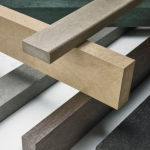
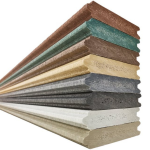
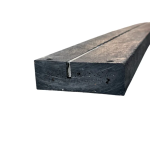
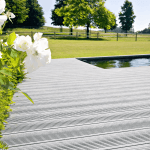
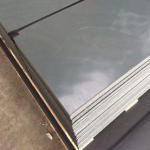
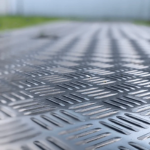
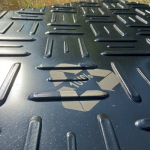
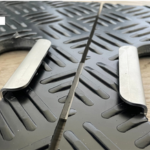
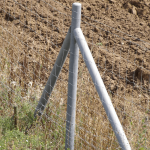
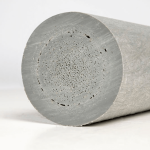
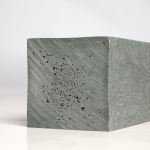
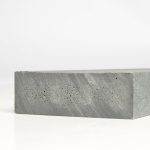




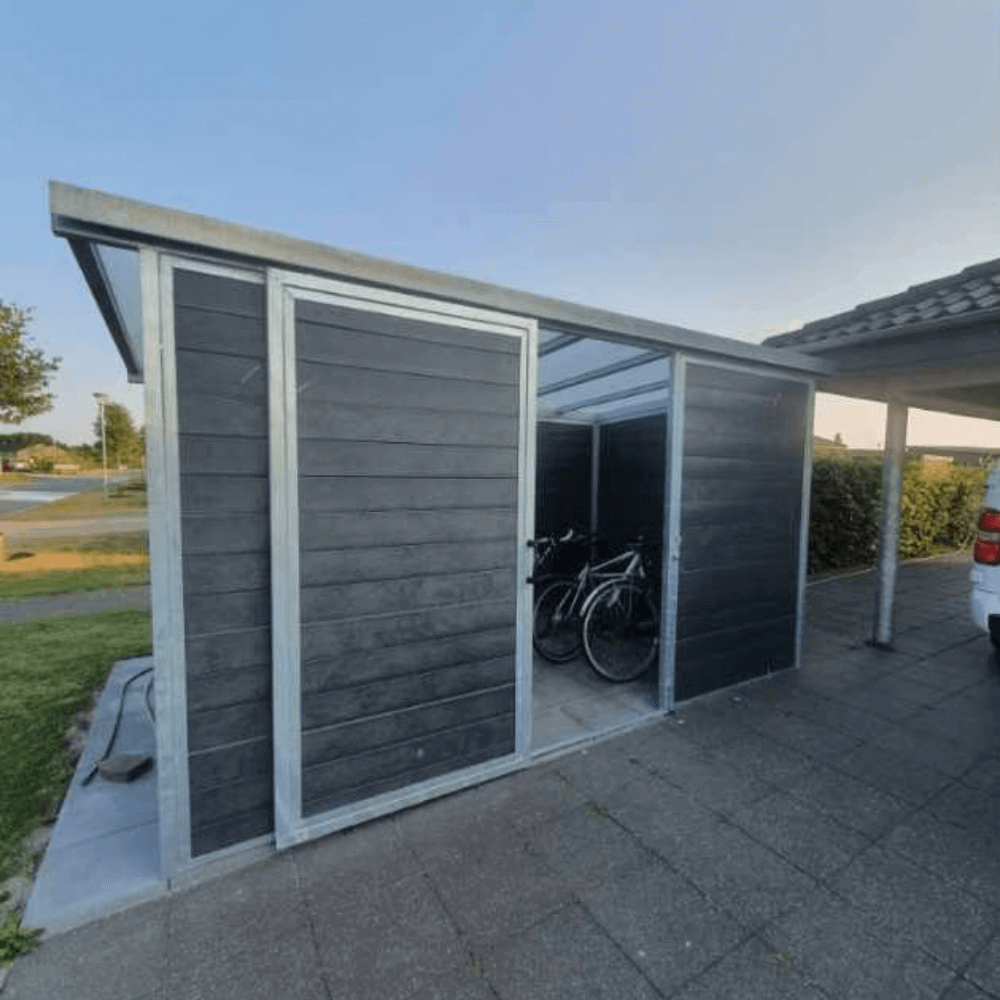
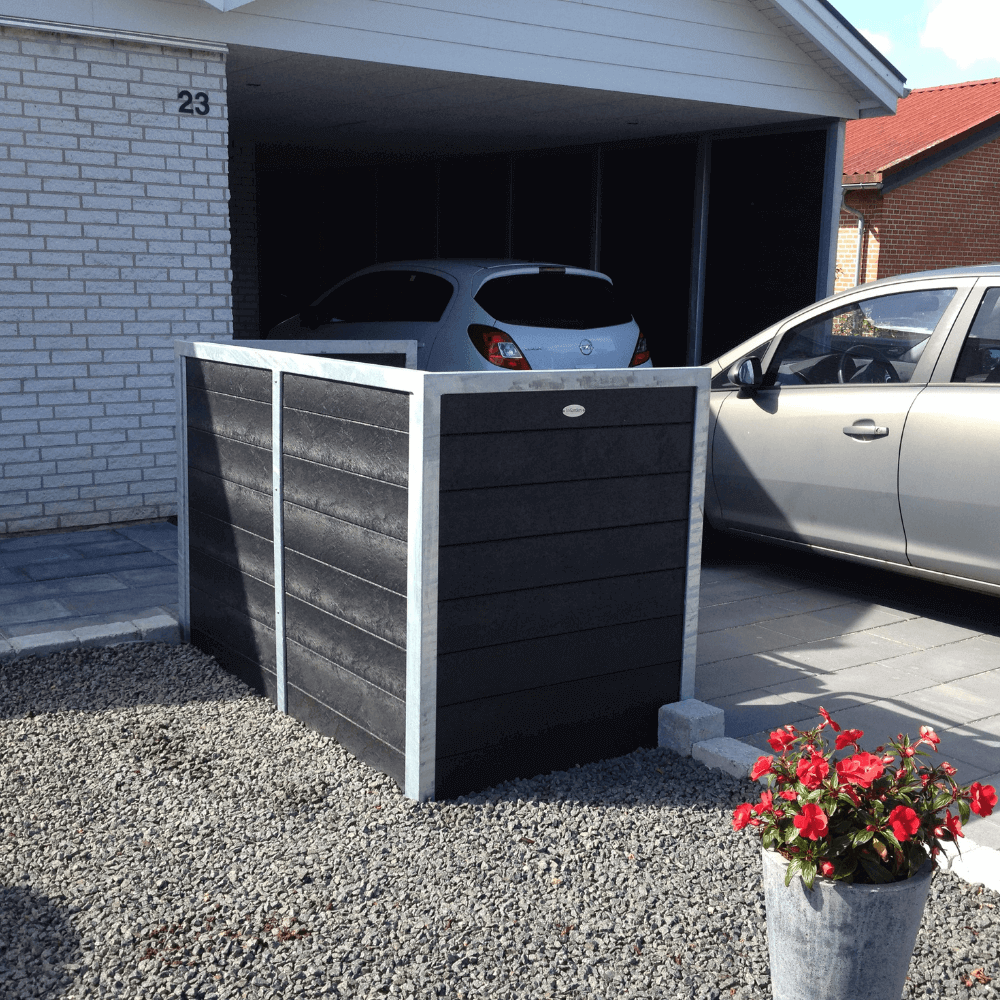
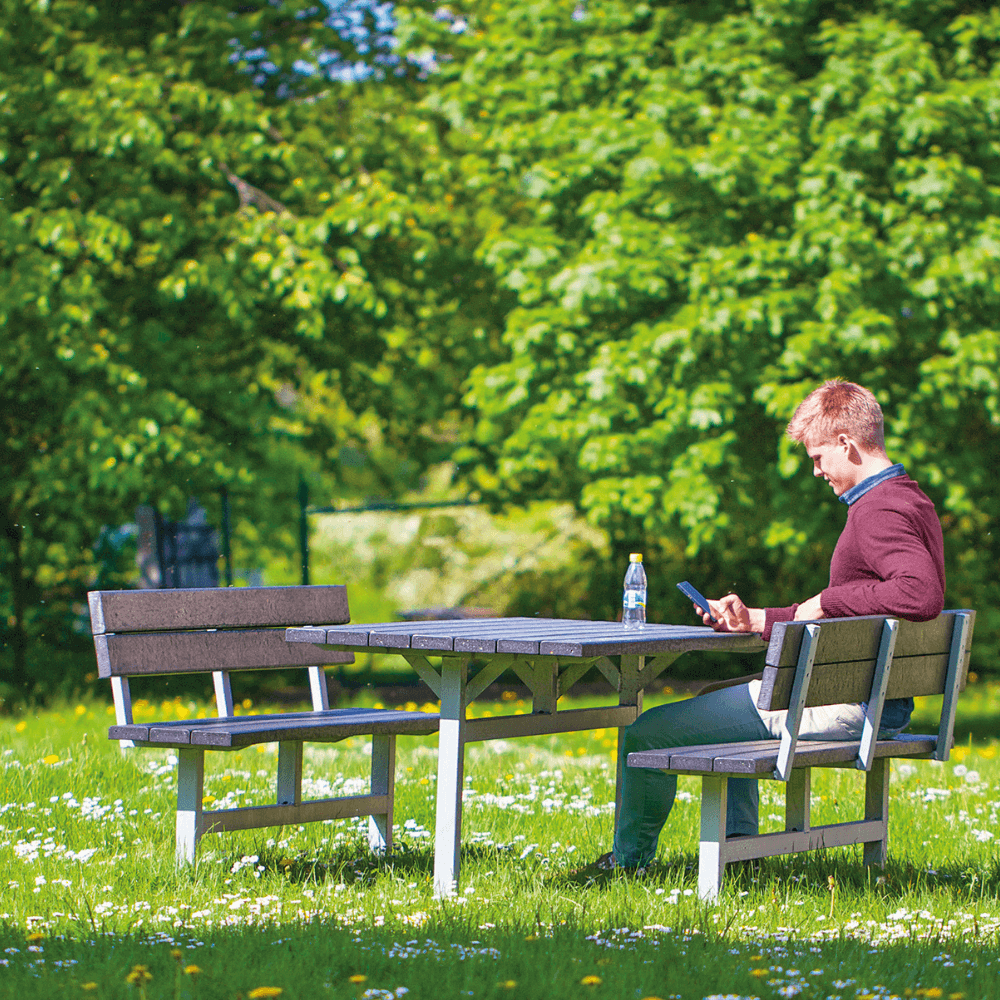
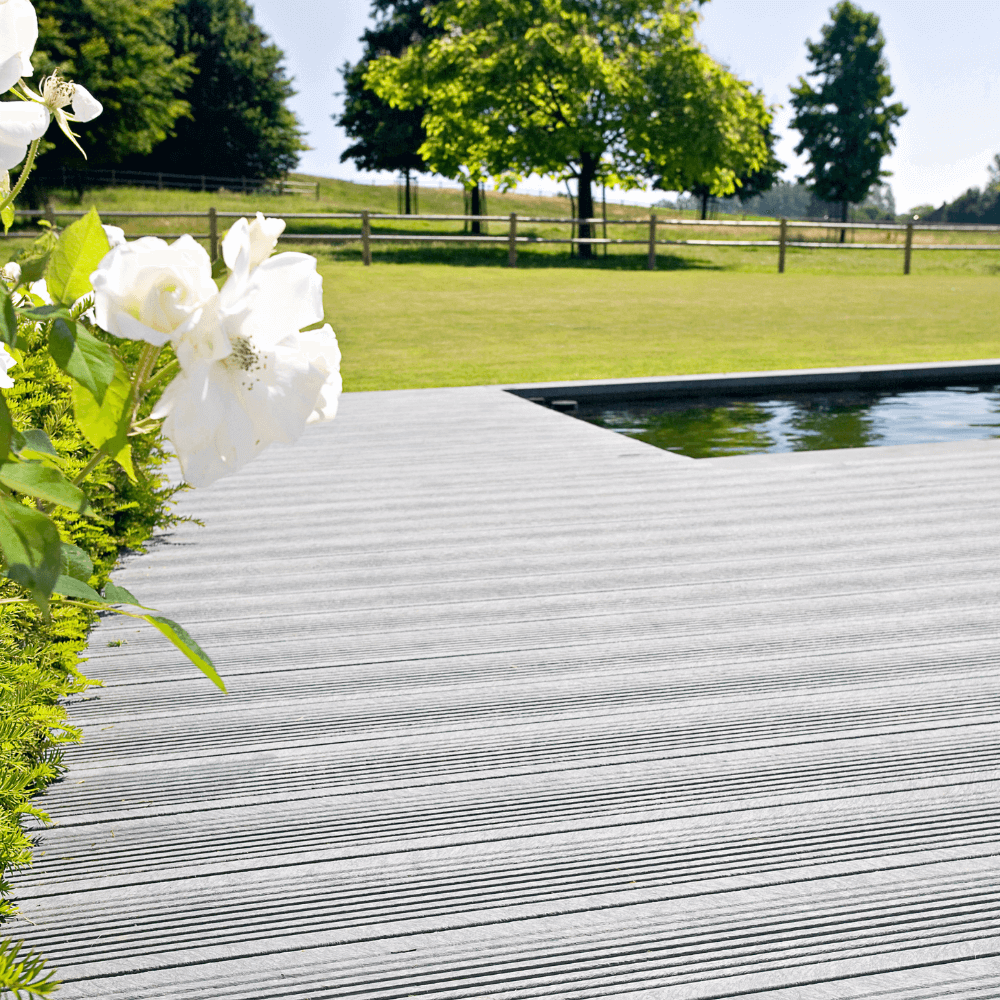
.backdrop.png)
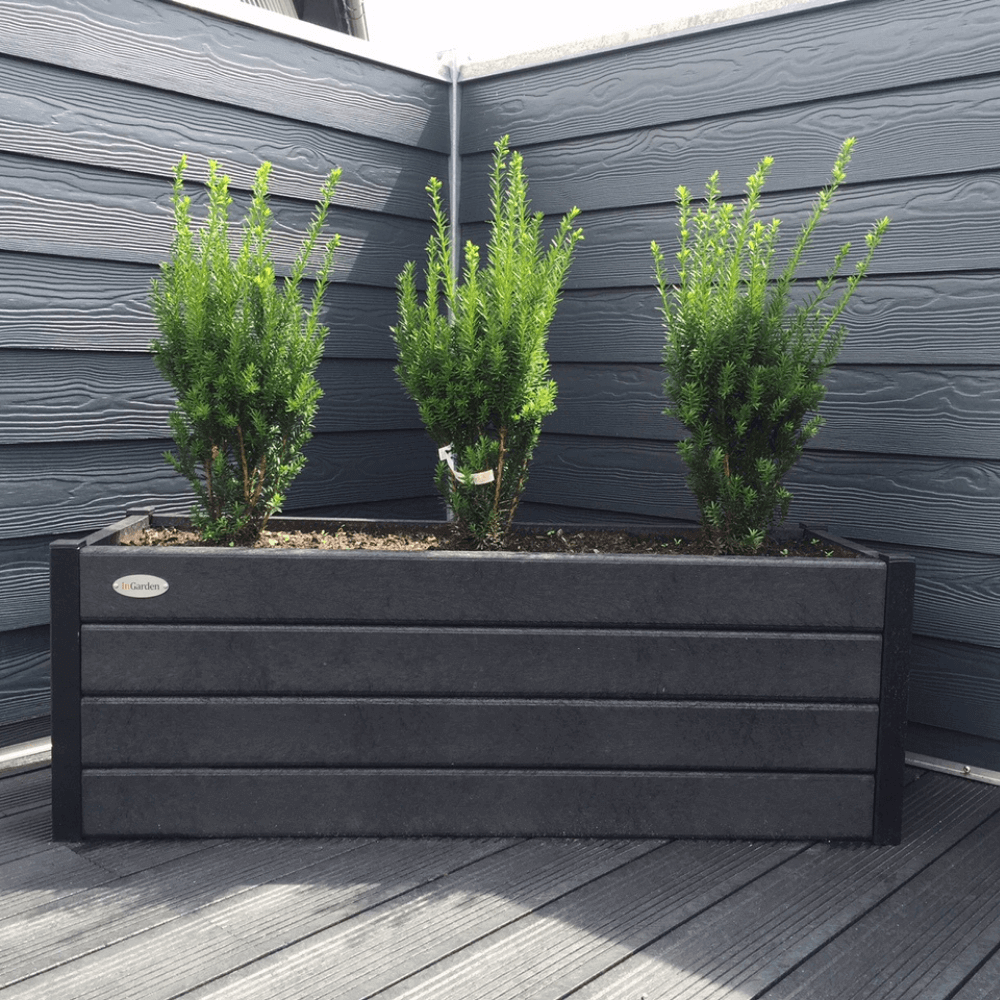
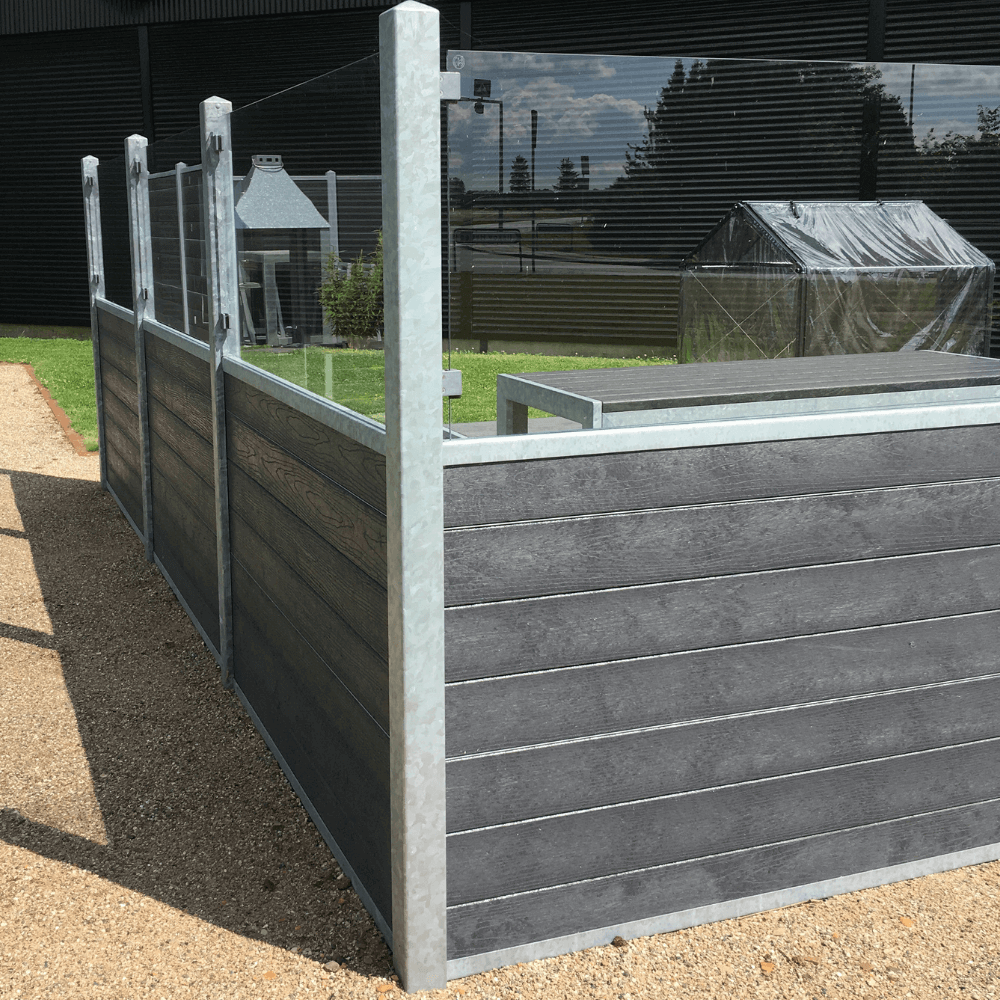
-1.backdrop.png)





